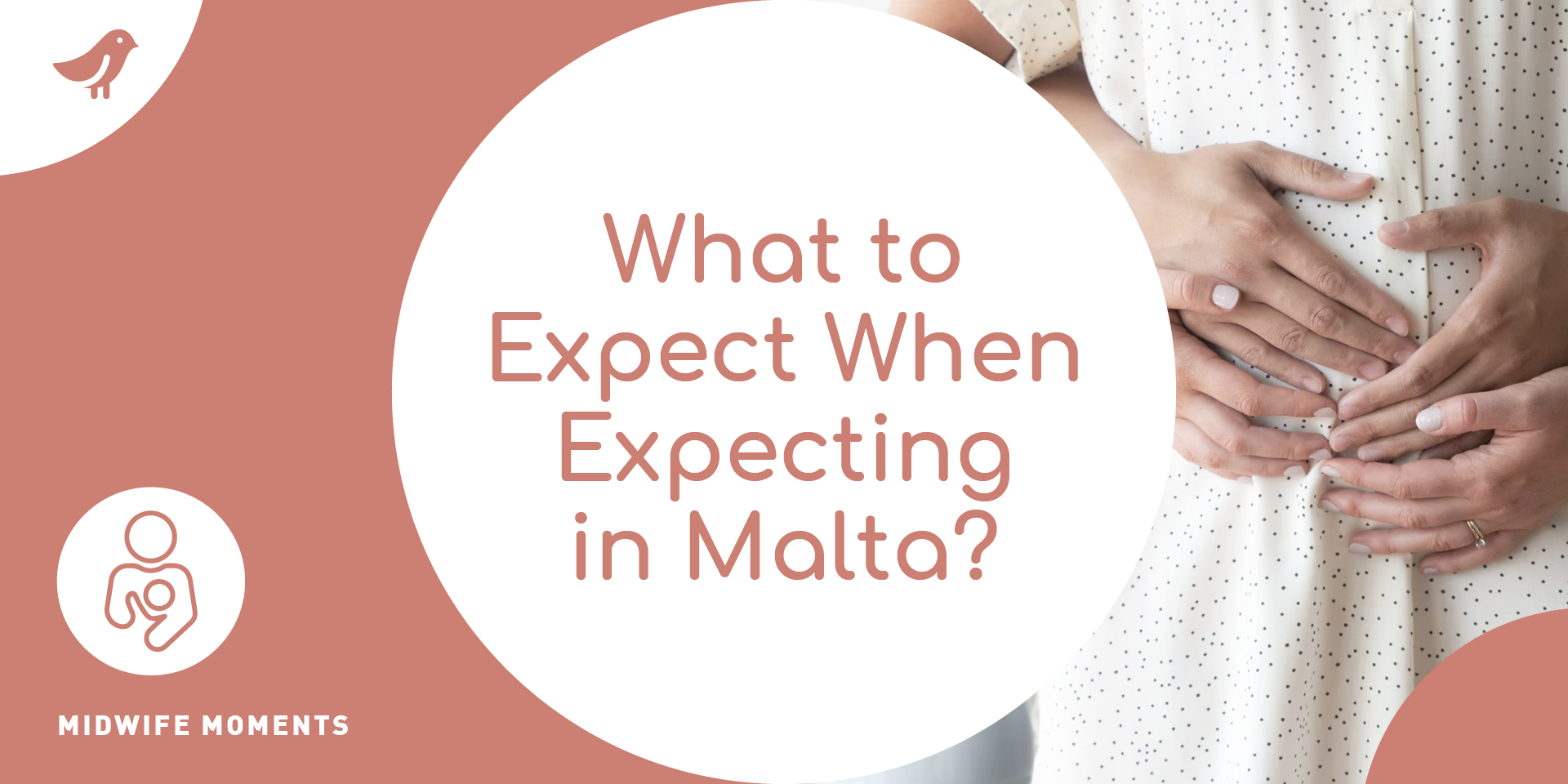This article is written  in partnership with jesmondmizzi.com
in partnership with jesmondmizzi.com
Picture this. The kids are all settled into their own independent lives. You are happily retired. You’re sipping teas and exotic brews in tea rooms and cafes across the globe (without tiny hands reaching for steaming hot cups, cutting the whole thing short). We all dream about the ideal retirement, free from stress and money woes.
Yet, how achievable is this really? If you’re solely relying on the state pension, then the simple answer is not at all. Malta’s pension is often insufficient to deal with daily life, let alone adding on luxuries like travel.
While there’s plenty of talk about how unsustainable and insufficient Malta’s pension is, few know what this means for their future retired selves. We spoke to Joanna Azzopardi from Jesmond Mizzi Financial Advisors Ltd, for a more thorough look into the state pension. We discussed why it’s not the best, and how you can supplement it for a comfortable retirement.
How does Malta’s state pension work?
 “Malta’s state pension is financed through Social Security Contributions (SSC). It’s designed to provide a safety net for all members of society, giving everyone a basic standard of living”, explains Joanna. This means that the monthly SSC payments you make as an employee or as a self-employed person will go towards this pot. You calculate your SSC contribution according to your income. The more you earn, the more you pay.
“Malta’s state pension is financed through Social Security Contributions (SSC). It’s designed to provide a safety net for all members of society, giving everyone a basic standard of living”, explains Joanna. This means that the monthly SSC payments you make as an employee or as a self-employed person will go towards this pot. You calculate your SSC contribution according to your income. The more you earn, the more you pay.
Why is Malta’s state pension inadequate?
“It’s often said that at retirement you could live comfortably if your income is two-thirds of the income you earned in your last years of employment.” But, while our state pension is called the ‘Two-Thirds Pension’, it doesn’t mean it’s equivalent to two-thirds of your total income. This is where it gets interesting (and frustrating): the maximum pensionable income is capped.
This is what it’s looked liked for people who retired in the past few years:
[table id=15 /]In 2021, the maximum pension that anyone could have received from the state pension was €16,839 or €324/week. “Let’s take an example of an individual earning €40,000 before retiring last year in 2021,” says Joanna. “Had the individual received two-thirds of that amount, i.e. €26,666, they would live comfortably. However in reality, the maximum they received was just €16,839. There is therefore is a shortfall of €9,827 (€26,666 – €16,839).”
“The higher the income, e.g. €50K, €70K etc, the greater the shortfall will be. So even if an individual meets all the relevant criteria: that they worked for the amount of years required and paid all the necessary amount of contributions to receive the maximum pension, this will still not be enough. It is precisely for this reason that a personal pension plan is essential to make up for this shortfall in income per year or per week.”
We won’t blame you if you think this is unfair.
What is a private pension plan?
 It’s a way to ensure that you live comfortably in retirement. A private pension plan is a long-term savings plan with specific tax incentives.
It’s a way to ensure that you live comfortably in retirement. A private pension plan is a long-term savings plan with specific tax incentives.
Unlike the state pension (which falls under Pillar 1), a private pension (Pillar 3) is completely voluntary. The state pension is increasingly becoming inadequate and unsustainable. A private pension will therefore complement the state pension and help you achieve a better standard of living at retirement.
“While benefiting from these tax incentives, the contributions made during the period of the pension plan would be invested to create a pension pot. This may be accessed when the individual reaches the selected retirement date,” explains Joanna.
You can start your own private pension plan from as little as €40 per month. This will supplement your state pension when you stop working. It’s never too early to start saving.
When can you access your private pension?
You’ll be able to access your private pension plan between the ages of 61 and 70. Joanna notes that you’ll be required to choose a ‘Retirement Date’ for accessing the pot. “This requirement emanates from the law and may change over time”.
How much income will I get from a private pension plan?
 The expected pension would depend on the type of pension and the underlying investment. “If one opts for a ‘With-Profits’ plan, which is rather conservative, one would expect lower returns than a ‘Unit-linked’ plan. The latter is more adventurous and can potentially provide a higher pension,” says Joanna.
The expected pension would depend on the type of pension and the underlying investment. “If one opts for a ‘With-Profits’ plan, which is rather conservative, one would expect lower returns than a ‘Unit-linked’ plan. The latter is more adventurous and can potentially provide a higher pension,” says Joanna.
The performance of the underlying investments of both types is what will determine the expected pension. “Let’s take an example of someone who is 30 and contributes €100 per month for 35 years towards their private pension,” explains Joanna. “The illustrations below provide an indication of the policy’s estimated value at retirement. Keep in mind that these are only examples, and therefore not guaranteed:
Personal Pension Plan (With-Profits)
Estimated Pension Fund at Retirement Date selected under the plan:
[table id=16 /]See the full sample quotation for a Personal Pension Plan (with profits) here.
Personal Pension Plan (Unit-Linked)
Estimated Pension Fund at Retirement Date selected under the plan:
[table id=17 /]See the full sample quotation for a Personal Pension Plan (unit linked) here.
Factors to consider when selecting a pension plan
 As Joanna explains, you should consider these factors when choosing your private pension plan:
As Joanna explains, you should consider these factors when choosing your private pension plan:
- When identifying which plan is suitable for you, take your risk appetite into consideration. The unit-linked version is considered riskier than the with-profits version, but there is a selection of funds which you may choose from. You can also switch and redirect funds.There is also the Target Funds option. Here, the composition of the underlying investment is managed automatically to become more conservative when approaching retirement date.
- A pension plan is a long term contract, so you have to keep contributing until the selected date. You can only take 30% of the pot as a tax free lump sum. The remaining 70% has to provide an income at retirement. Thus, you should select a contribution that you’re comfortable contributing for the foreseeable future.
- One main attractive feature of a pension plan is a 25% tax credit on contributions, up to a maximum of €750 per year. Wherever possible you should try to benefit from this maximum tax credit and contribute €250/month. However, it’s advisable for individuals not to contribute more than €250 per month even if they can afford to. You should save the remaining additional amount in other long-term investments. These have less restrictions as to when and how to access your money.
The takeaway
With the state pension becoming all the more inadequate, a private pension plan can complement your income for a more comfortable retirement (and teas and coffees in wonderful cafes across the globe!).
Learn more about how to save as a family in Malta by getting in touch with the experts at Jesmond Mizzi Financial Advisors or call on +356 2343 5715.
Jesmond Mizzi Financial Advisors Limited (C30176) is an enrolled Tied Insurance Intermediary under the Insurance Distribution Act for MAPFRE MSV Life p.l.c (MMSV). MMSV (C-15722) is authorised under the Insurance Business Act. Both entities are regulated by the Malta Financial Services Authority.
The Products are manufactured by MMSV and distributed by Jesmond Mizzi Financial Advisors Limited.
Tax treatment depends on the individual circumstances. Tax legislation and the amount of rebate may change in the future.
If you surrender your plan before the date of maturity, you may not get back as much as you invested.
If you invest in this product you will not have access to your money before the product matures.
Past performance of funds is not necessarily a guide to future performance and the value of your Plan is not guaranteed. The value of funds and the currency in which they are denominated may go down as well as up and you may not get back your original investment.



